A new research paper was published in Volume 17, Issue 8 of Aging-US on August 7, 2025, titled “Senescent cell heterogeneity and responses to senolytic treatment are related to cell cycle status during senescence induction.”
Aging (Aging-US) Authors

Aging (Aging-US) is proud to support a milestone event for the global senescence and aging research community.

Aging (Aging-US) invites submissions for a Special Collection dedicated to the theme of cellular senescence, spanning its basic mechanisms, physiological and pathological functions, and clinical applications.
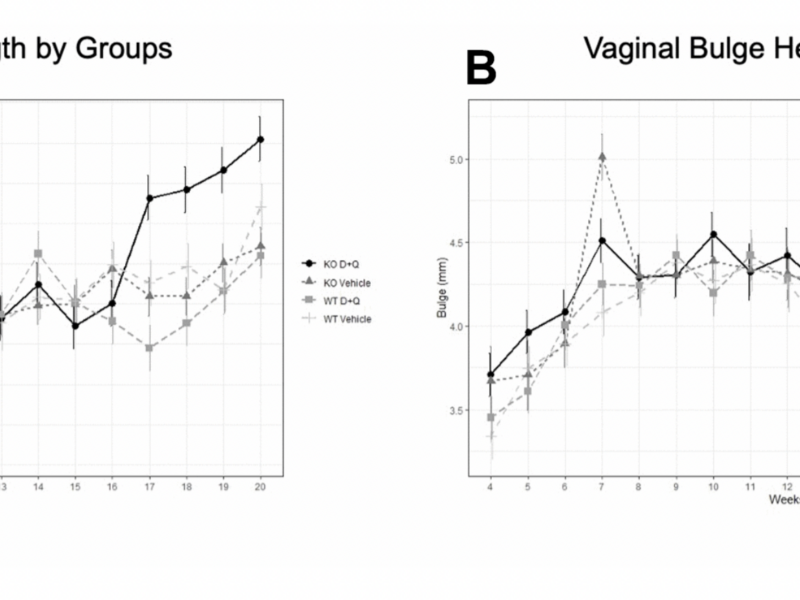
PRESS RELEASE – A new research paper was published in Aging (listed by MEDLINE/PubMed as “Aging (Albany NY)” and “Aging-US” by Web of Science), Volume 16, Issue 19 on September 26, 2024, entitled, “Use of the senolytics dasatinib and quercetin for prevention of pelvic organ prolapse in a mouse animal model.”
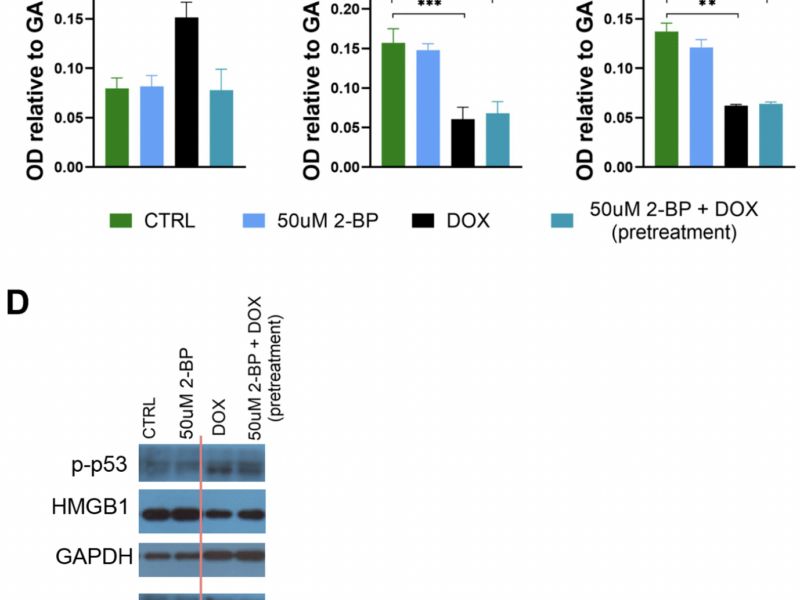
PRESS RELEASE – A new research paper was published in Aging (listed by MEDLINE/PubMed as “Aging (Albany NY)” and “Aging-US” by Web of Science), Volume 16, Issue 16 on August 23, 2024, entitled, “2-Bromopalmitate treatment attenuates senescence phenotype in human adult cells – possible role of palmitoylation.”
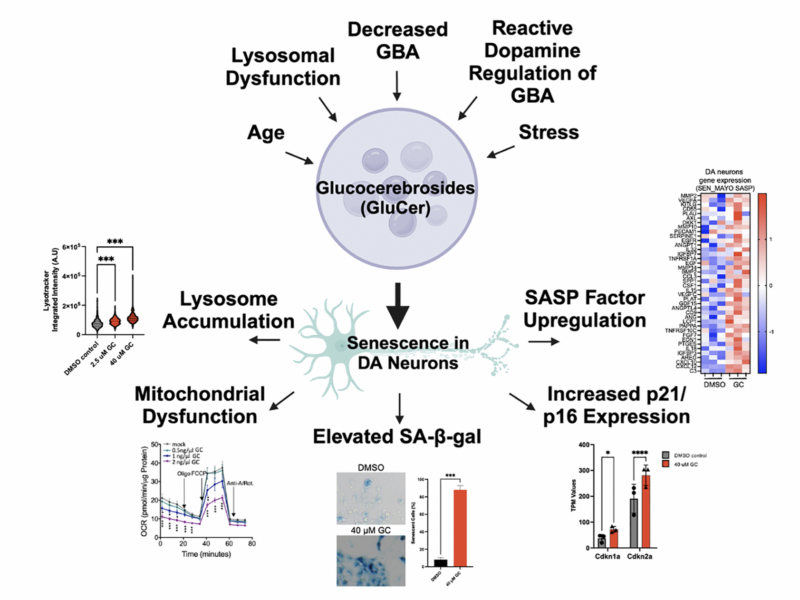
PRESS RELEASE – A new research perspective was published in Aging (listed by MEDLINE/PubMed as “Aging (Albany NY)” and “Aging-US” by Web of Science), Volume 16, Issue 14 on July 19, 2024, entitled, “Lipid accumulation drives cellular senescence in dopaminergic neurons.”
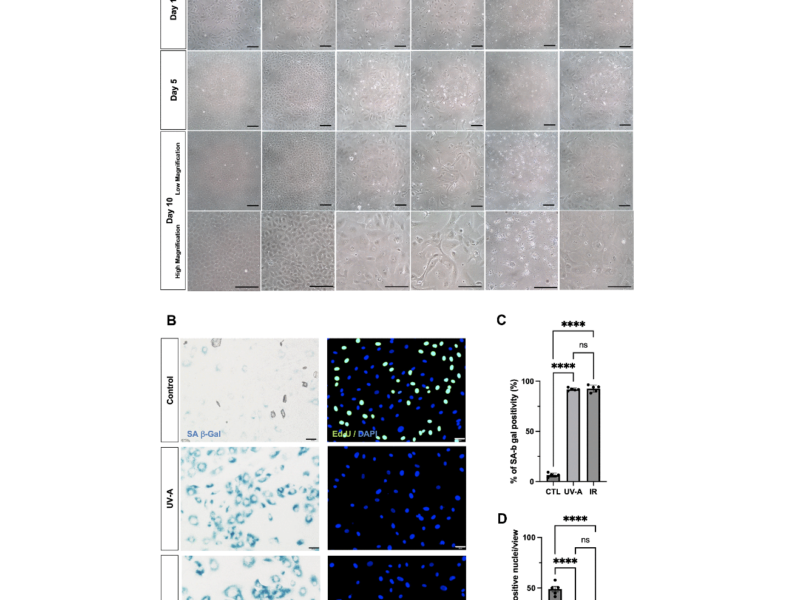
PRESS RELEASE: A new research paper was published on the cover of Aging’s Volume 16, Issue 8, entitled, “Senescent characteristics of human corneal endothelial cells upon ultraviolet-A exposure.”
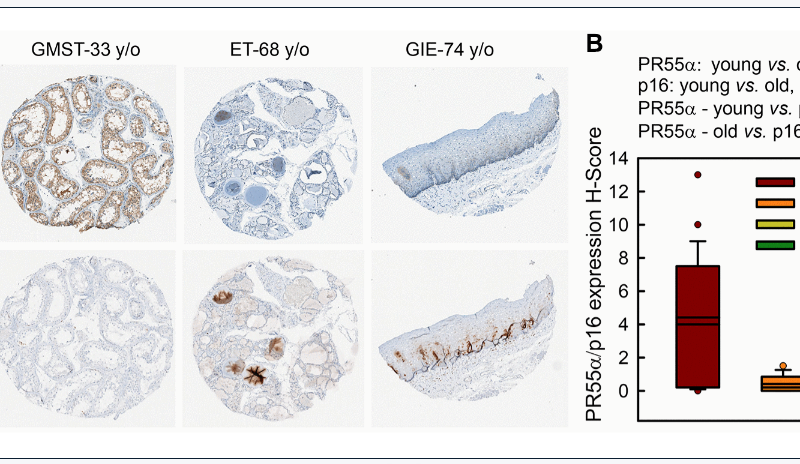
PRESS RELEASE: On March 4, 2024, a new research paper was published in Aging’s Volume 16, Issue 5, entitled, “PR55α-controlled protein phosphatase 2A inhibits p16 expression and blocks cellular senescence induction by γ-irradiation.”
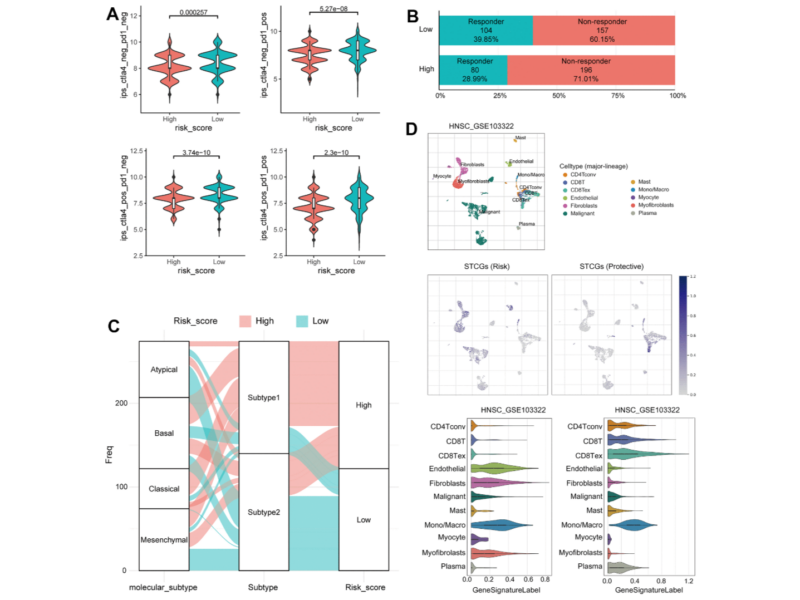
PRESS RELEASE: A new research paper was published on the cover of Aging’s Volume 16, Issue 2, entitled, “Prognostic significance of senescence-related tumor microenvironment genes in head and neck squamous cell carcinoma.”
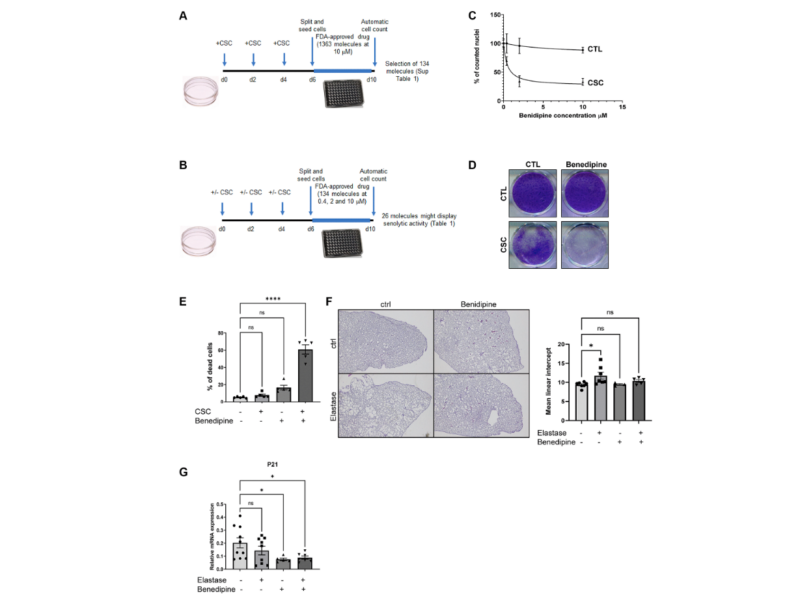
PRESS RELEASE: A new research paper was published in Aging’s Volume 15, Issue 23, entitled, “Benidipine calcium channel blocker promotes the death of cigarette smoke-induced senescent cells and improves lung emphysema.”
